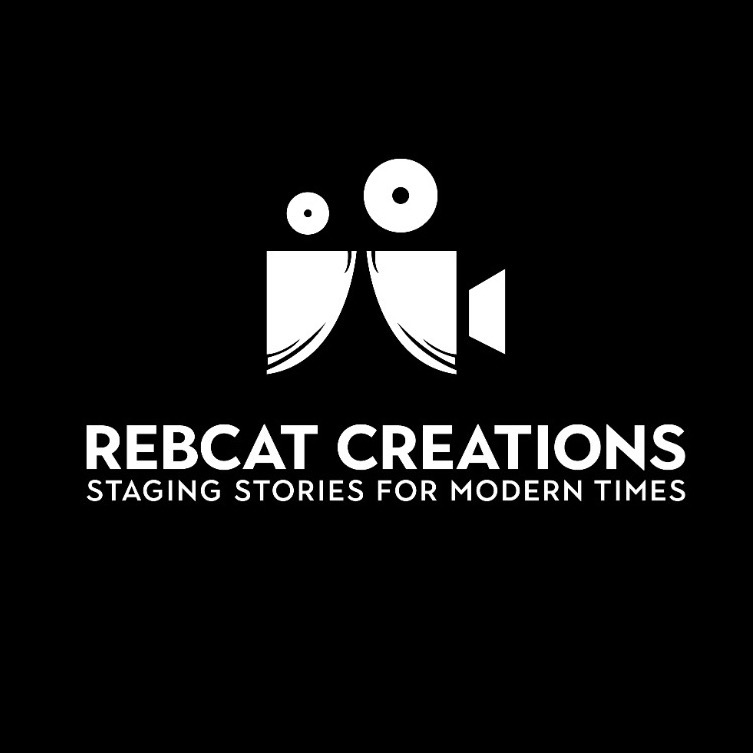The Storybook Becomes a Stage - The Early Years
- RebCat Creations

- Nov 4, 2021
- 2 min read
Let us set the scene. A group of four/five-year-olds playing in the nursery. It is quite noisy. The teacher asks the children to tidy up and she starts to play the story time music. Suddenly there is a sense of excitement as they start to find a place on the mat and get ready for the story.
The faces all turn towards the beautifully illustrated book cover and the magic starts. As the pages turn the children gaze at the pictures and listen to their storyteller. They laugh, sigh, pull sad faces or just gasp in surprise. They point out things they can see on the page and sometimes blurt out “Oh no!” or chuckle out loud.
In many nurseries around the world the children cannot yet read and many of them are not native speakers of the language that is being used in the classroom, but the story captivates them. So, what is it that has held their attention, that keeps them enchanted in this make-believe world? It is simply the story (the author), the pictures and the storyteller (their mother, father, teacher, friend or carer…)
Why is it such a powerful learning tool in the early years?
Children need to be given the opportunity to have their imagination stimulated, they need to hear new words and expressions to develop their language, and they need things to be repeated over and over again. They need to be allowed to build up their listening skills and to wonder. The story has it all. The story creates intimacy between the teller and the child listening. Whether you are telling one child a story or a group of children, the shared experience is a moment for all involved to float off to another place. The storyteller improvises as an actor and the children are the audience.
But there is another protagonist in our storybook, the illustrator. The pictures spread across the pages tell the story on their own and are what also lets the non-native speaker into the experience. The pictures fascinate the young mind and children love to turn the pages of a book and explore the pictures. They love to talk about them and then they become illustrators themselves through their drawings, their book review.
Children love to enact the story, take on a role and create props. They are great actors too! What is amazing is how fast they learn their lines or just improvise.
So, there you go… the story effortlessly becomes a perfect device in communication, speech and language development as well as a way to nurture and strengthen imagination, self-esteem and confidence in very young children.
Rebecca Dixon
Co-founder








Comments